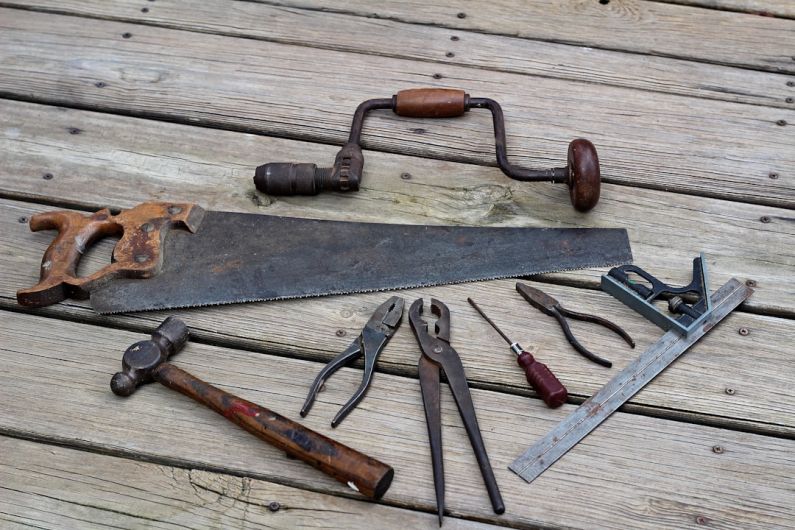How to Choose and Care for a Quality Tool Set
Every homeowner, DIY enthusiast, or professional tradesperson knows the importance of having a quality tool set. A well-equipped toolbox can make all the difference when it comes to completing projects efficiently and effectively. But with so many options available, how do you choose the right tool set? And once you have it, how do you ensure that it stays in optimal condition? In this article, we will explore the key factors to consider when selecting a tool set and provide tips for caring for your tools to ensure their longevity and performance.
Choosing the Right Tool Set
When it comes to choosing a tool set, there are several factors to consider. By taking these into account, you can ensure that you invest in a set that meets your needs and lasts for years to come.
1. Quality: Quality should be your top priority when selecting a tool set. Look for tools made from durable materials such as stainless steel or chrome vanadium. Avoid sets with plastic components, as they are more prone to breakage.
2. Versatility: Consider the types of projects you will be working on and ensure that the tool set includes the essential tools for those tasks. Look for sets that offer a wide range of tools, including screwdrivers, wrenches, pliers, and a variety of other commonly used tools.
3. Ergonomics: Comfort is crucial when it comes to using tools for extended periods. Look for sets with ergonomic handles that provide a comfortable grip. This will reduce strain on your hands and enhance overall productivity.
4. Organization: A well-organized tool set makes it easier to find the right tool when you need it. Look for sets that come with a durable case or toolbox with designated spots for each tool. This will not only keep your tools organized but also protect them from damage.
Caring for Your Tools
Once you have chosen a quality tool set, it is essential to take proper care of your tools to ensure their longevity and performance. Here are some tips for maintaining your tools:
1. Clean and dry: After each use, clean your tools thoroughly to remove dirt and debris. Use a brush or rag to wipe them down, and if necessary, use a mild detergent to remove stubborn grime. Once cleaned, ensure that you dry them thoroughly to prevent rusting.
2. Lubrication: Regularly lubricate moving parts such as hinges and joints to prevent them from seizing up. Apply a small amount of lubricant, such as oil or silicone spray, and work it into the mechanism.
3. Storage: Proper storage is crucial for maintaining your tools. Store them in a dry and well-ventilated area to prevent moisture buildup, which can lead to rust. Consider using a toolbox or pegboard to keep your tools organized and easily accessible.
4. Regular maintenance: Inspect your tools regularly for any signs of wear or damage. Replace any worn-out or broken tools promptly to prevent further damage or injury. Additionally, sharpen blades and cutting edges as needed to ensure optimal performance.
In conclusion, choosing and caring for a quality tool set is essential for any homeowner or tradesperson. By selecting a set that is durable, versatile, and ergonomic, you can ensure that you have the right tools for the job. Additionally, by regularly cleaning, lubricating, and properly storing your tools, you can prolong their lifespan and maintain their performance. So, invest in a quality tool set and give your tools the care they deserve!






